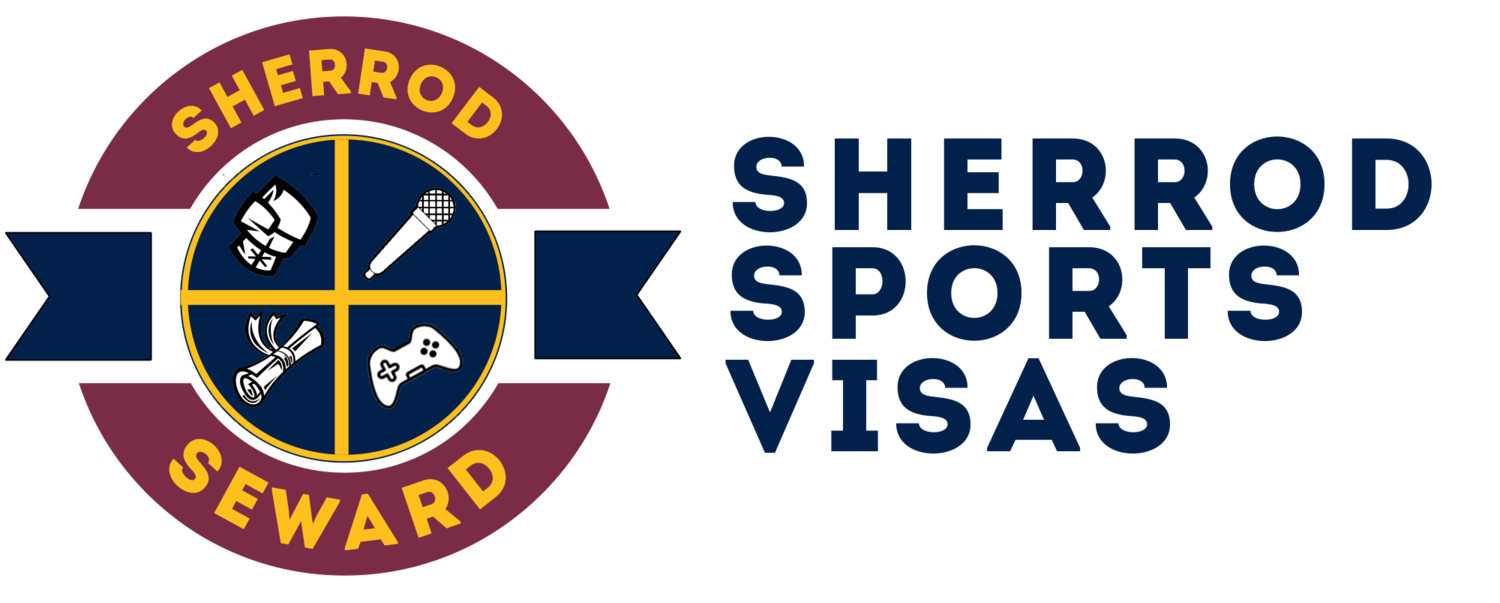Visa Options for Student Athletes
Sports Immigration Lawyers for Student Athletes
Sherrod Sports Visas is one of the premier law firms in the United States that focuses on visa solutions for foreign athletes and international students. Our law firm has proven results in guiding families of both high school and college athletes through immigration solutions in the O-1 and P-1 visa categories. University and college student-athletes often are great candidates for P-1 or O-1 visas due to results with their academic and scholastic endeavors and also with their competitions outside of university. Many international student-athletes also spend time coming to help their respective national teams in Olympic qualifying and world championships.
More often, international students, in general, are having a difficult time finding opportunities to help them maintain valid visa status after graduation that provide financial viability. After study ends, USCIS policy dictates that students only have 60 days after graduation to change from F-1 status into a new visa category or they have to leave the United States. Changing status from F-1 to P-1 or O-1 visa status can extend a student-athlete’s stay in the United States from three to five years on a single approval.
There are many great reasons why a student-athlete could benefit from applying for a sports-based immigration visa in the P-1 or O-1 categories, including the following:
Reasons To Change Status From F-1 To P-1 Or O-1A
Student-athletes need to prepare for professional activities such as the NBA or NFL draft. The gap between graduation and the draft is not covered by their F-1 student visa after it expires. An O-1 or P-1 visa can be obtained in between these activities and last after they are over.
Some student-athletes also compete with their national team, but perhaps their coaching and/or training facility is located in the United States.
The athlete competes in a sport that still has an active amateur season outside of the NCAA in the United States and the athlete plans to maintain the competition schedule after graduation.
The student-athlete has potential sponsors to assist with living expenses if they market the sponsor while competing in the United States.
The student-athlete has an opportunity to make a living in a position related to the sport they competed in, but the student-athlete does not plan on continuing to compete in the sport.
Sports-based immigration visas in the O-1 or P-1 category can be the perfect transition for the athletes in these circumstances to remain in the United States after completing their college sports career. Depending on the qualifications of the athlete and their objective in the United States, either the P-1 or the O-1 visa is more appropriate.
P-1 Visas for Student-Athletes
P-1 visas are the most popular visas for athletes to obtain in the United States and are much easier for student-athletes to qualify for than O-1 visas. P-1 visa eligibility is easier to prove because of the more subjective nature of the requirements in this category. In fact, one of the visa eligibility requirements is having previous experience with an NCAA team. Other factors include international rankings, national/international awards, expert support letters, and inclusion in international publications.
The P-1 visa is unique in that the policy for this visa specifically requires a schedule of competitions for the duration of the visa in addition to proving eligibility. For this reason, the P-1 visa is not appropriate for student-athletes who do not wish to compete in high-level competitions after graduation.
O-1 Visa for Students Athletes
O-1 visas are the second most popular visa category for athletes who require access to the United States. The O-1 visa is much more difficult to obtain than the P-1 visa for student-athletes due to the subjective nature of the eligibility categories. In addition, O-1 visa eligibility categories are more designed for professional athletes. Nonetheless, Sherrod Sports Visas has enjoyed significant success with this visa category for both high school and college-level student-athletes. The O-1 visa may be the only option for athletes who no longer or cannot compete in competitions in the United States. The O-1 visa also comes with much greater work flexibility than the P-1 visa, and O-1 visa holders can monetize their skill sets far more than with the P-1. For example, O-1 visa holders can coach and host seminars without violating work authorization, unlike the P-1.
A more robust breakdown of the difference between the O-1 and P-1 visa category can be found here: https://www.sherrodsportsvisas.com/o1-or-p1-visa.
Frequently Asked Questions About The O-1 And P-1 Visas For Student-Athletes
-
The best time to apply for the visa is right after the student-athlete is sure that they no longer wish to compete as a student-athlete. It is possible to apply for a visa during the school year and have the validity date of the new visa commence the day F-1 student eligibility ends. Preparation for both visa options can take more than expected and adjudication periods can vary greatly from several days to many months.
-
It is permissible to take classes while holding P-1 or O-1 visa status; however, the education cannot interfere with the underlying activity that is supporting the visa. In most circumstances, Sherrod Sports Visas does not recommend taking full-time classes on either the P-1 or O-1 visa without a great reason.
-
Both the P-1 and the O-1 visa have options to also support the families of persons who hold valid status. For P-1 visa holders, their spouse and children under 21 are able to obtain P-4 visas. For O-1 visa holders, their spouse and children under 21 are able to obtain O-3 visas. For other family members such as siblings and parents, it is sometimes possible to obtain essential support staff visas in either the O-2 or P-1s categories. In these circumstances, one or more of your non-immediate family members receive a P-1s or O-2 visa as essential support personnel of the P-1 visa holder and these beneficiaries can obtain P-4 and O-3 visas respectively.

